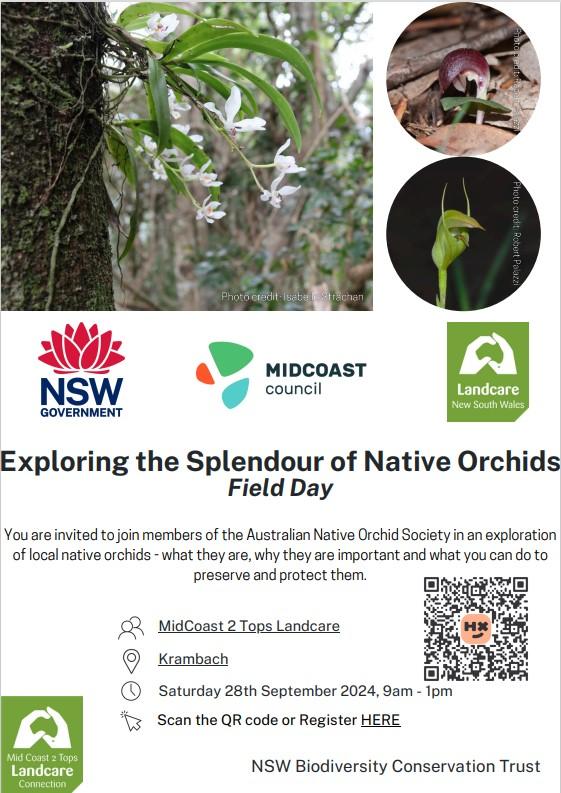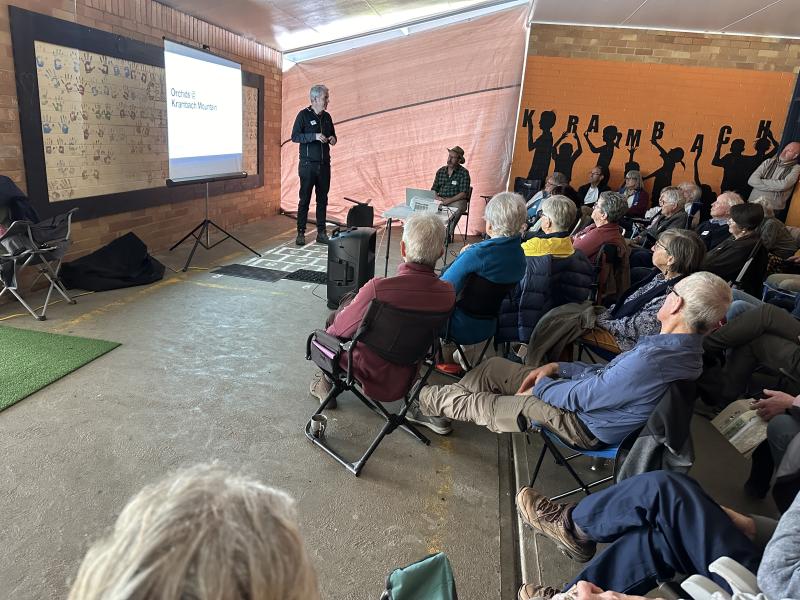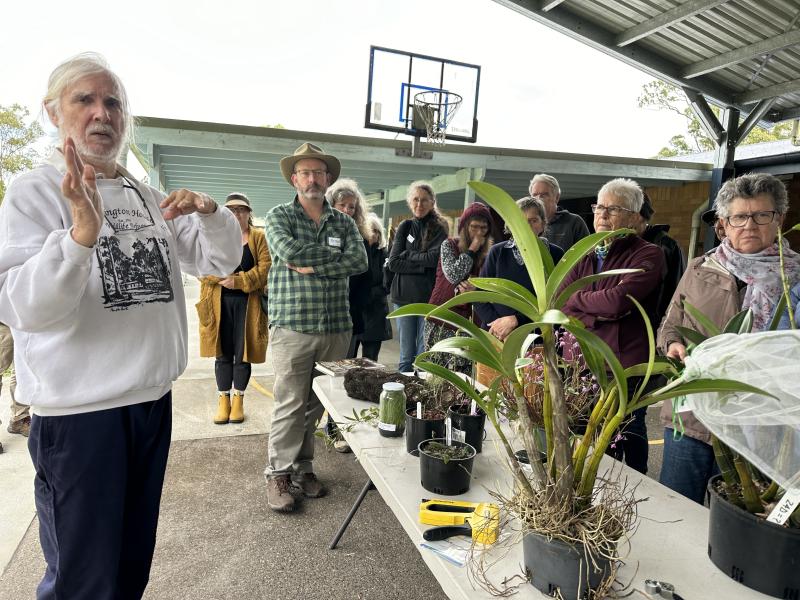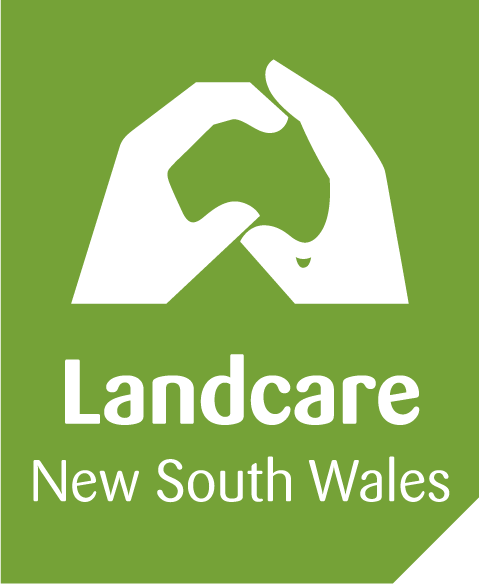Event Type
Landcare Region
BCT Region
Field Day 9: Native Orchids - O'Neill Property, Krambach
Event description
Join us at Dungannan (Krambach) and learn all about Native Orchids from expert orchid enthusiasts from the Australasian Native Orchid Society Inc. Fred Fetherston, Dennis Sinclair and Wayne Weatherstone will share their knowledge of locally occurring orchid species - what to look for, how to protect them and why they are so significant in the landscape. We will examine the complex relationship orchids have with fire and fungi; and how Indigenous people utilised and cultivated these highly evolved plants. The field component of the day will take us up Krambach Mountain where will see a range of epiphytic orchids (hopefully in full flower) growing in a very special Dry Rainforest community. We will have an opportunity to discuss key threats to orchids in the environment and how to manage these threats.

Above: Ground Orchids, such as Greenhoods, require specific conditions to flower, and do not respond well to excessive mowing or heavy soil disturbance / compaction.
Owners, Tyrone and Melissa, will share their story of Dungannan - the long history of primary production on the property, as well as new approaches to sustainable land management and conservation on the property. Dungannan contains high conservation value vegetation, including both Sub-Tropical and Dry Rainforest communities, and is home to Koalas, Spotted-tailed Quolls, Grey-Crowned Babblers, Phascogales, many species of Glider, microbats and other Threatened Species. We will be joined by staff from the Biodiversity Conservation Trust, Council and Landcare on the day, who will share their knowledge and support with landholders.
This your opportunity to visit a beautiful property where sustainable primary production is being combined with conservation. You will learn about how to manage and maintain high-value biodiversity on your own land, and will have time to network with like-minded landholders from our region. A light morning tea and lunch will be provided.
The field component event will involve considerable walking over rough tracks and is only suitable for able-bodied people. It is free for all Landholders in the MidCoast Area, Landcare members and volunteers, but a fee may be charged for others (consultants, external staff etc) at the discretion of MidCoast2Tops Landcare.
This event is possible thanks to the shared work of the NSW Biodiversity Conservation Trust and Landcare NSW under the Private Land Conservation Matters project.





Event Outcomes
Growth in learning measure (Scale 1 - 100)
Attendee Feedback
What attendees liked from the Splendor of Orchids field day:
1. Presenters' Enthusiasm and Knowledge: Attendees appreciated the presenters' enthusiasm and deep knowledge of orchids, highlighting their passion and expertise.
2. Content Quality: The event was praised for being well-organized, interesting, and relevant, with high-quality presentations, particularly the practical demonstration of orchid propagation.
3. Unique and Pertinent Topic: The unique subject matter, focusing on orchids, resonated with attendees, making it an engaging experience for orchid enthusiasts.
4. Diverse Participation: Attendees enjoyed the diversity of people and agencies present, which enriched the networking and learning experience.
5. General Information on Orchids: Many appreciated the information on orchid care and protection, especially those with orchids on their properties.
6. Community and Atmosphere: Being among like-minded individuals created a positive, friendly atmosphere, which attendees valued.
7. Professionalism and Logistics: The event's professionalism, including aspects like the venue, catering, and overall organization, received positive feedback.
What do you want to learn next?
1. Site-Specific Guidanc: Information on what to observe and when in specific environments, especially coastal areas.
2. Conservation and Habitat Management: A broad interest in topics related to conservation, habitat preservation, and natural habitat regeneration.
3. Tree and Plant Identification: Specific interest in tree identification and the visual identification of plant species in various growing areas.
4. Rainforest Management: Interest in learning about rainforest management techniques.
5. Grass Management: Identifying the benefits and drawbacks of different types of grasses.
6. Orchid Establishment and Cattle Management: Guidance on establishing orchids, managing cattle impacts, and possibly a booklet for orchid identification.
These insights reflect a desire for practical, hands-on information to enhance conservation efforts and improve species management in specific contexts.
